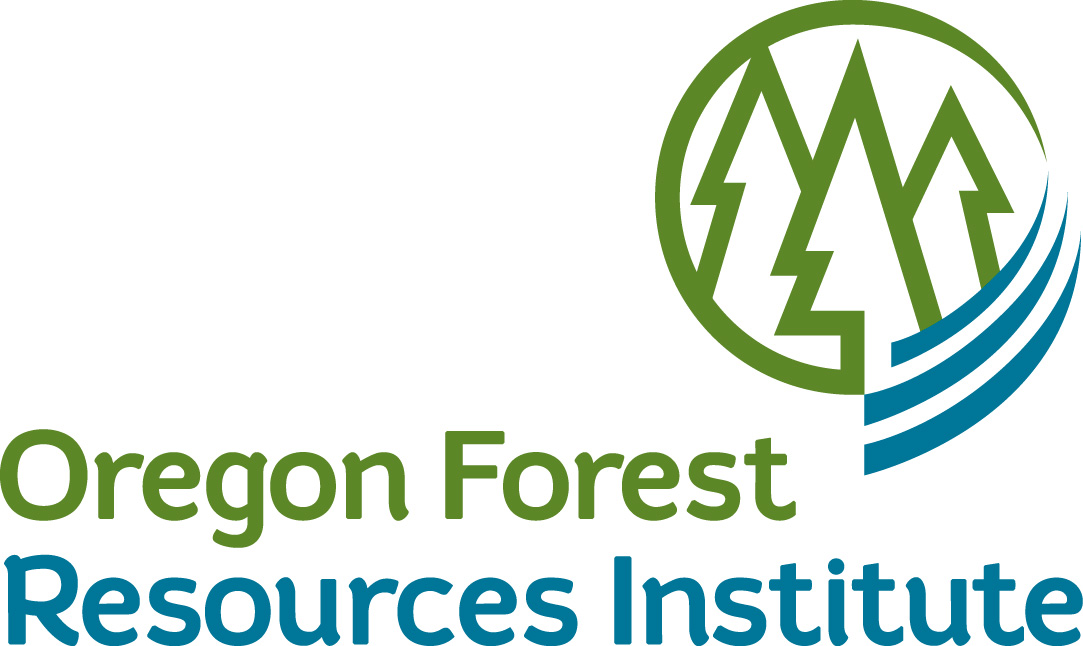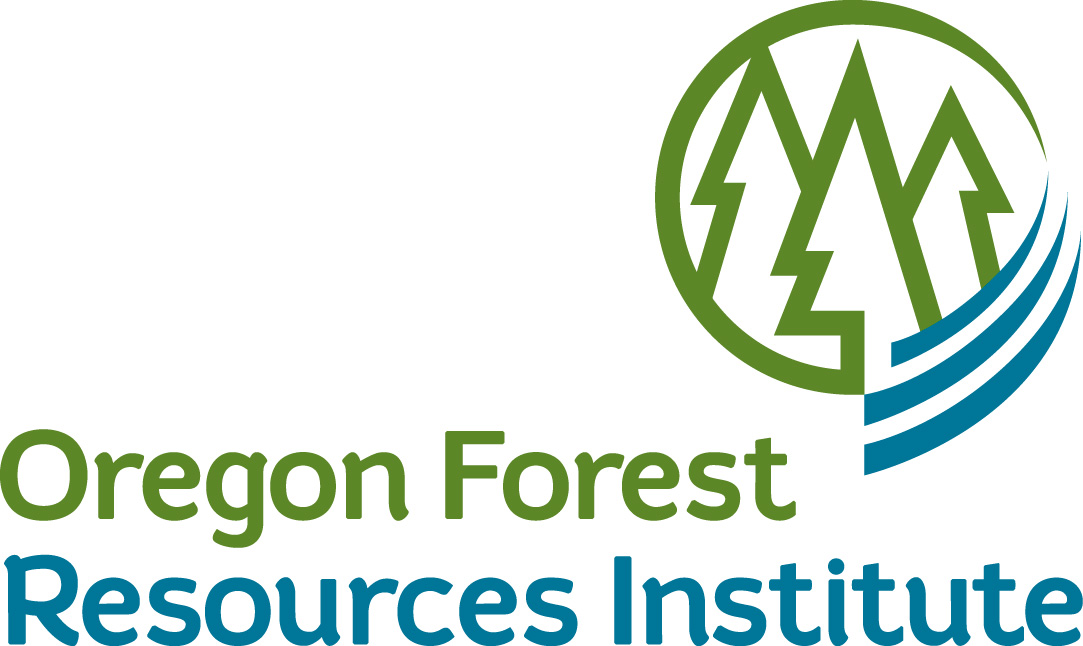SAF Learning
-
You must log in to register
- Non-member - Free!
- Member - Free!
View these 17 presentations under the Contents tab:
Biomass, Bioenergy, and Carbon
Southern Pines Growth, Yield and Carbon Balance Integrated Model, Carlos Gonzalez-Benecke, Oregon State University
Branch Volume, Weight, and Biomass Partitioning for Red Pine Pulpwood in North Central Wisconsin, Paul Doruska, University of Wisconsin-Stevens Point
Biomass Harvesting in the Great Lakes – St. Lawrence Forest: Finding Ecological and Economic Answers, Jeff Fera, Natural Resources Canada
A New, Dynamic Forest Management-Climate Decision Support System, Leslie Boby, Southern Regional Extension Forestry
Economics
Economic Growth, Technological Change, and the Global Demand for Newsprint: Implications for the US Industry, Craig Johnston, University of Wisconsin-Madison
Regional Economic Impact of a Western North Carolina Pellet Mill, Laurel Kays, NCSU
ForestryImpacts.net: One-stop Shop for Forest Economic Contribution Reports, Leslie Boby, Southern Regional Extension Forestry
Sustainable Forest Products Supply Chains, Dalia Abbas, University of Georgia
Impacts of Best Management Practices on Logging Costs and Productivity in the Northeast U.S.A., Matthew Kelly, Michigan Technological University
Evaluating Best Management Practice (BMP) Implementation, Laura Heier, Steigerwaldt Land Services
Maintaining Logger Viability in the Northeast, Jamie Regula, SUNY ESF
Harvesting & Utilization
Examining Wood Product Associated Emissions and Bioenergy in the Southern Rockies, Todd Morgan, The University of Montana Bureau of Business and Economic Research
Characterizing Timber Salvage Operations on Public Forests in Minnesota and Wisconsin, Matthew Russell, University of Minnesota
The Black Forest Burned Timber Recovery Effort, Kurt Mackes, Colorado State University
Single Tree Selection Order of Removal in Northern Hardwood Forests (Economic & Ecological Analysis of Northern Hardwood Single-Tree Selection Order of Removal Procedures) bottom of videos, Forrest Gibeault, Steigerwaldt Land Services, Inc
Technology
Real-time Tracking in Logging: Effects of Canopy, Aspect, and PDOP on GPS Movement Data and Geofence Accuracy, Eloise Zimbelman, University of Idaho
Multi-transmitter GPS Accuracy Analysis for Recording Swing Movements of Harvesting Machinery, Ryer Becker, University of Idaho
Key:
Browser Recommendation
Use Chrome, Firefox, Edge, or Safari.
DO NOT USE Internet Explorer.
Quick Search
Customer Support
If you need assistance with registration, accessing a ForestEd product you purchased, or other customer service-related issues, please email ForestEdSupport@safnet.org during normal office hours: Monday - Friday, 9:00 am - 5:00 pm ET.
Sponsors
ForestEd Suggestion Box
Technical Support
For technical support, email ForestEdSupport@safnet.org



